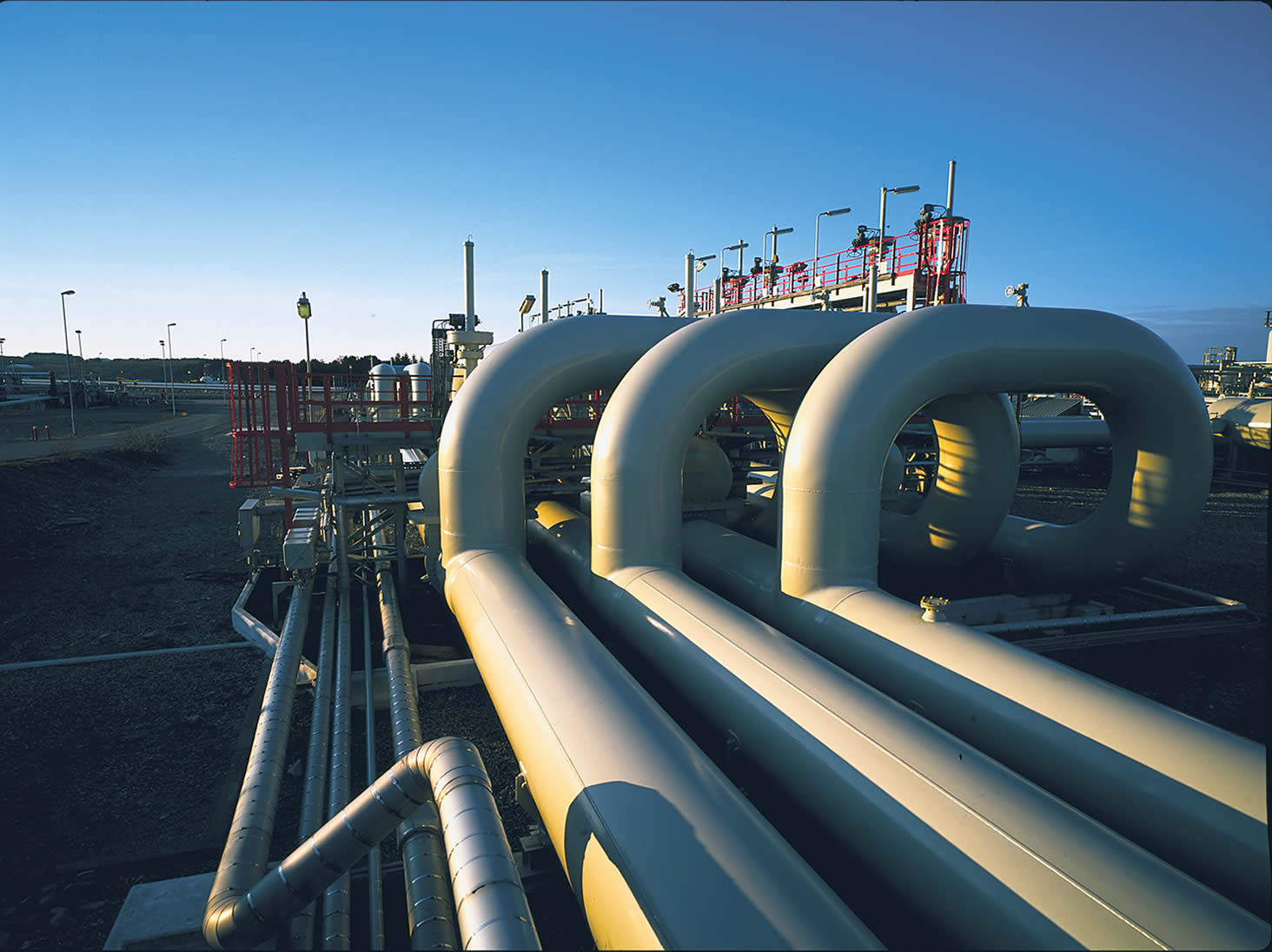Nigeria pumped more crude oil in February than the quota given by the Organisation of Petroleum Exporting Countries (OPEC), a new survey has revealed.
OPEC and ten non-OPEC countries agreed in December to cut oil production by 1.2 million barrels per day, effective from January for a preliminary period of six months to help stabilize the market and encourage prices.
Nigeria, which was excepted from the preceding production cuts deal, consented to a quota under the current accord. With a reference level of 1.738 million bpd, the country was given a new quota of 1.685 million bpd.
However, Nigeria pumped 1.88 million bpd in February, 190,000 bpd above its cap, S&P Global Platts’ survey of industry officials, analysts and shipping data found.
The country has started production from a new deepwater field, Egina, though the Minister of State for Petroleum Resources, Dr Ibe Kachikwu, has suggested that he might seek to have those barrels classified by OPEC as condensates, which is not accountable to the quotas.
Nigeria also regards Agbami grade as a condensate, while S&P Global Platts and some other secondary sources used by OPEC to monitor production classify it as crude.
The nation’s crude oil production including condensates fell to 1.999 million bpd in January from 2.081 million bpd in December, according to the Ministry of Petroleum Resources.
President Muhammadu Buhari said last month that the country could consider a decrease in crude oil production in support of efforts to bolster the price of the commodity.
He said, “As a responsible member of the Organisation of Petroleum Exporting Countries, Nigeria was willing to go along with the Saudi initiative in limiting output so that prices would go up.”
The 2019 budget proposal, presented to the National Assembly on December 19 by President Buhari, was hinged on oil production of 2.3 million bpd (including condensates), with an oil benchmark price of $60 per barrel.
OPEC’s crude oil production in February slightly declined to 30.80 million bpd in February, the survey showed.
The figure is a 60,000 bpd drop from January and is the group’s least output level since March 2015, when Gabon, Equatorial Guinea and Congo had yet to join the organisation but Qatar was still a member.
Despite the decrease, OPEC still has more slashing to do to fully conform with its supply accord that went into force in January. The 11 members with quotas under the deal attained 79 per cent of their committed cuts in February, and remain 170,000 bpd above their collective ceiling. This is a slight improvement on January’s 76 per cent, with Nigeria and Iraq producing far in excessive of their cap, according to Platts calculations.
Iraq produced 4.67 million bpd in February, according to the survey, 160,000 bpd above its quota.
The country has continuously lagged in compliance with its committed cap, both under the present deal and under the previous accord, which ran from 2017 to 2018.
Iraqi officials have sought exemptions from the deal, saying their war-torn country needed oil revenues to rebuild from its ravaging fight against the Islamic State. But other members have pressured the country -largely fruitless– to comply with its quota.
Libya, which recently lifted the force majeure at its 300,000 bpd Sharara field after almost three months, pumped 870,000 bpd in February, a slight incline from January, according to the survey.
READ ALSO: Oil prices plummet as Trump tells OPEC to relax
The first cargoes of Sharara crude since production picked up are expected to be lifted this weekend.
Venezuela and Iran, both under US sanctions, and Libya, where instability continues to impact output, are excluded from the deal.
The February output figures will be evaluated by a six-country monitoring committee of the OPEC/non-OPEC coalition, which meets on March 18 in Azerbaijan to talk about market conditions and assess compliance with the deal. The committee is co-chaired by Saudi Arabia and Russia.
Saudi Arabia, OPEC’s largest producer, has redeemed on its pledge to lead the coalition by example, slashing its output to 10.15 million bpd in February, the survey found. That is 160,000 bpd below its quota of 10.31 million bpd and the kingdom’s lowest output level since May 2018.
Venezuela, whose oil production has been declining for quite a while as a result of underinvestment, technical problems and labour issues, pumped 1.10 million bpd in February, down 60,000 bpd month-on-month, as it has had a hard time to sell its crude since US sanctions were enforced in late January.
Iran managed to keep production stable in February, at 2.72 million bpd, the survey found, as several buyers in the month made the most of sanctions waivers the US granted to eight countries to obtain Iranian crude.













